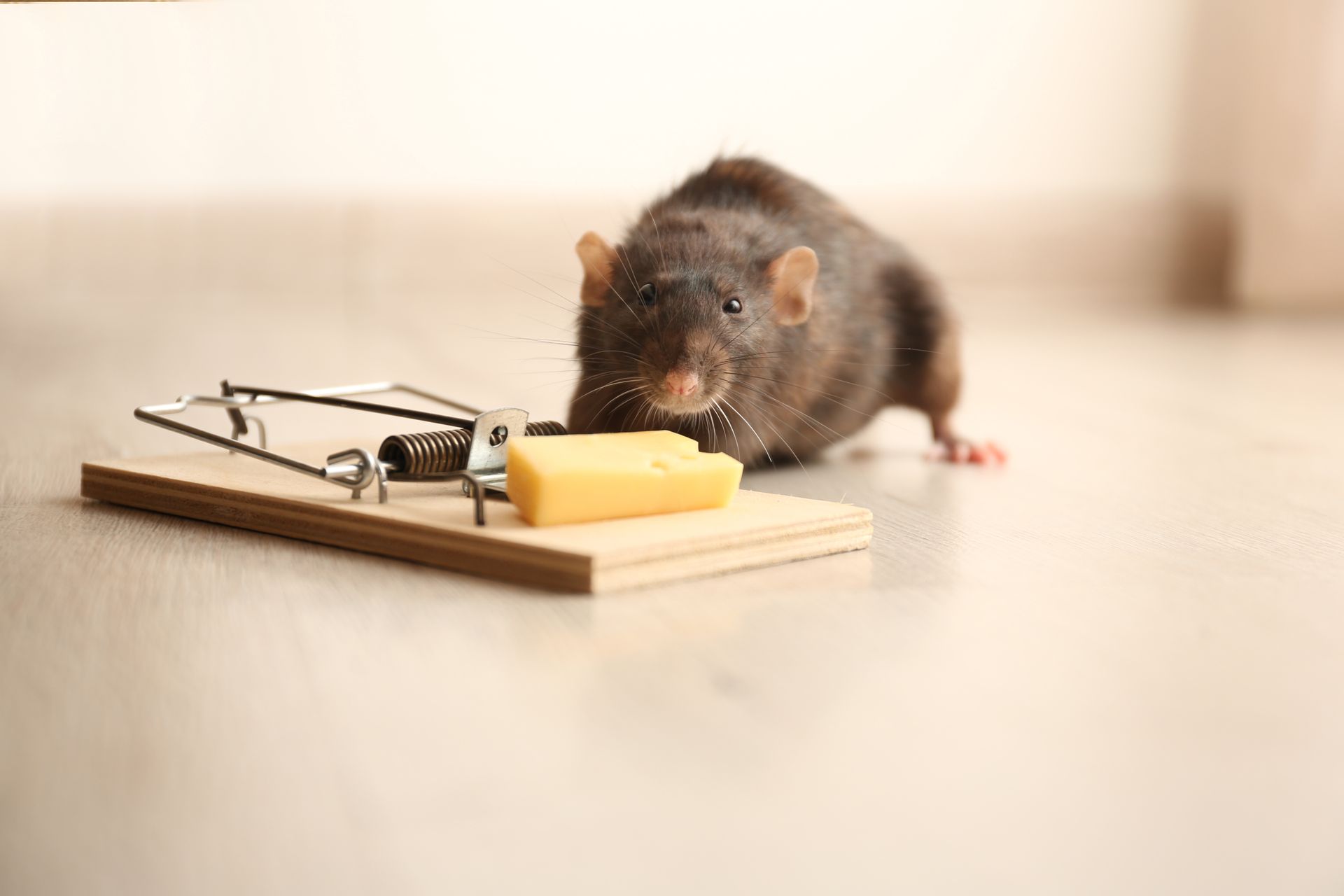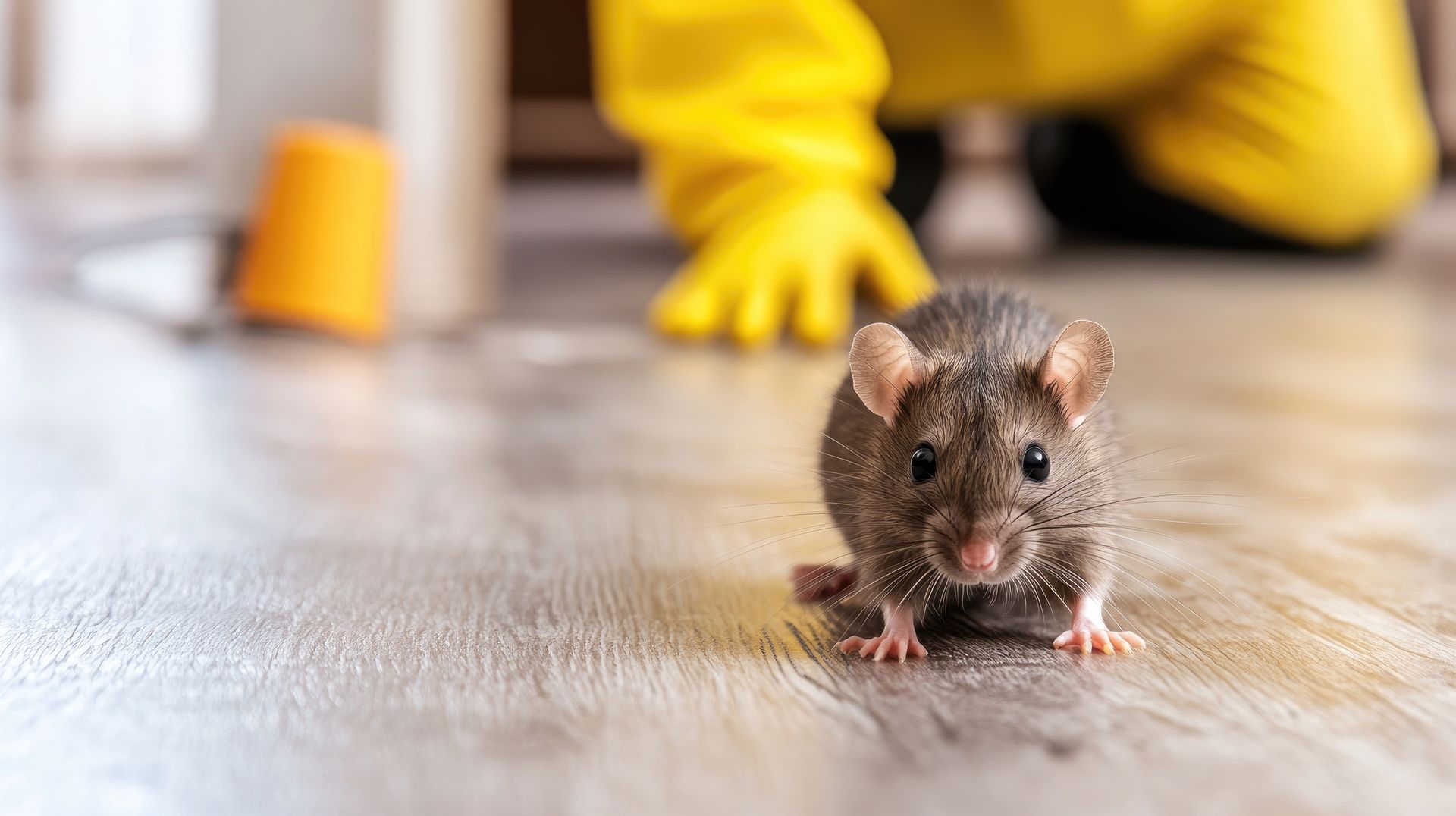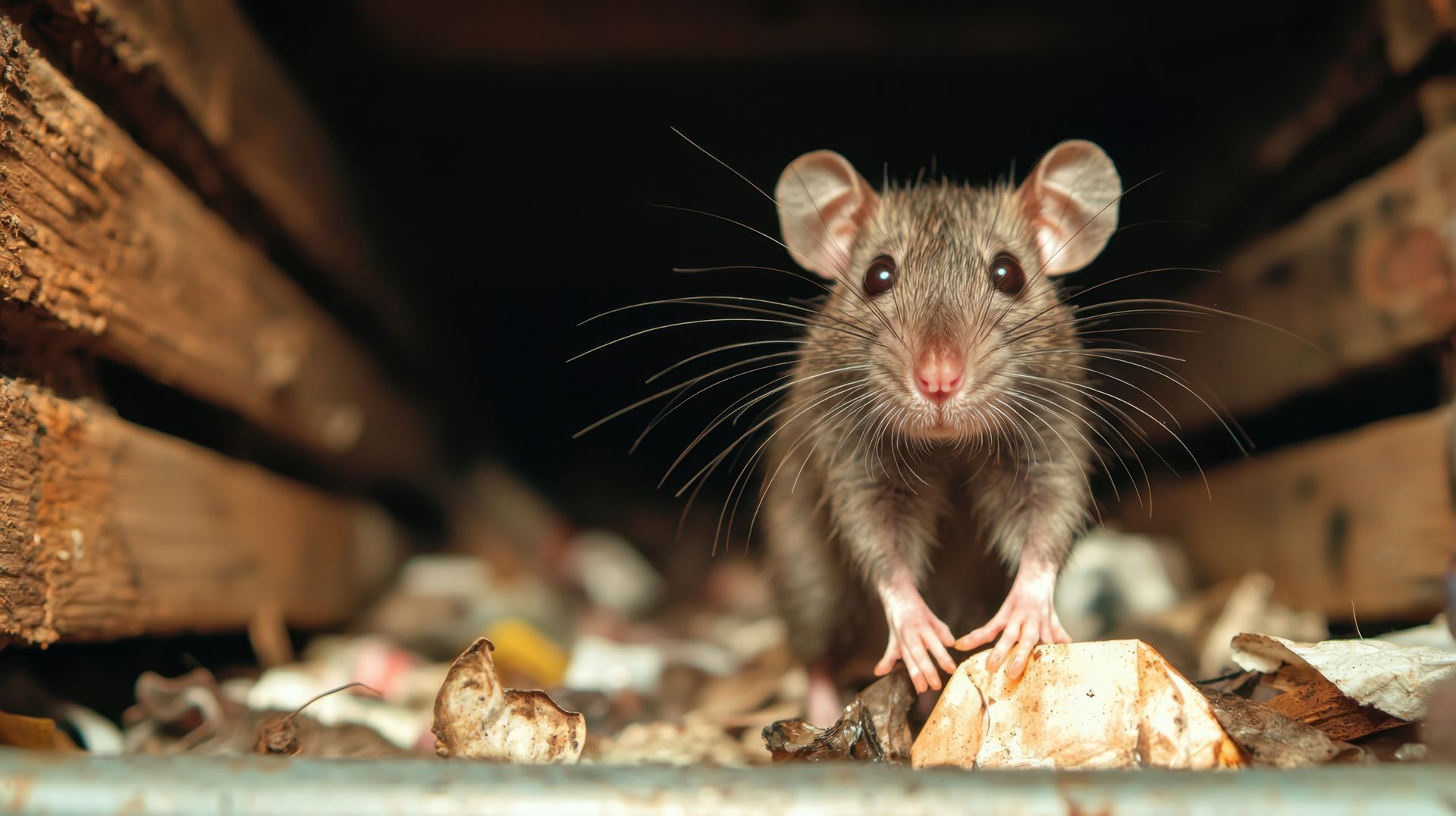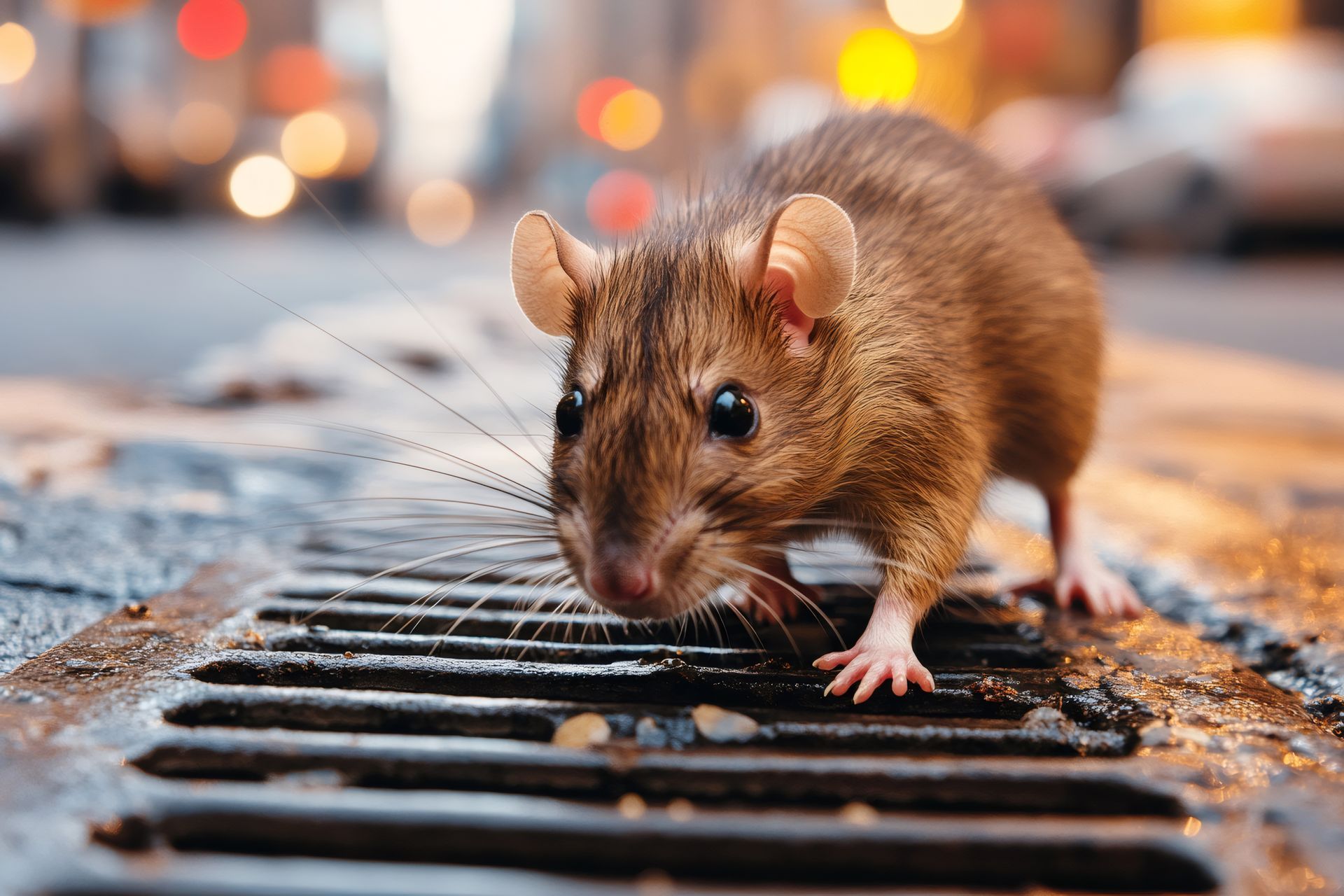Expert Mice Removal: Understanding Mice Behavior

When it comes to pest control, mice are one of the most persistent and challenging nuisances that homeowners face. In Texas, with its unique climate and geography, the problem can be particularly difficult to handle. The warm weather, seasonal shifts, and abundance of food sources make the state a haven for rodents. Understanding mice behavior in this environment is key to effective mice removal in Texas.
Why Mice Thrive In Texas
Texas' climate plays a significant role in why mice find the region so attractive. The state's mix of hot summers and mild winters creates an ideal year-round habitat for these rodents. Unlike northern states, where harsh winters can slow down mice activity, the relatively moderate temperatures in most parts of Texas allow mice to stay active and breed throughout the year. This year-round activity means that homeowners must be vigilant about mice infestations and removal strategies no matter the season.
- Year-Round Activity: Because of the mild winters in Texas, mice don’t face the same survival challenges as they do in colder climates. They don’t hibernate, and the warmer winter months allow them to continue seeking food and reproducing. In Texas, it's not uncommon for mice to breed multiple times a year, leading to exponential growth in rodent populations if left unchecked.
- Abundance of Food: Texas is rich in agricultural areas and sprawling urban developments. This blend of rural and urban landscapes provides plenty of food sources for mice. In rural areas, mice are drawn to fields, barns, and livestock feed, while urban environments provide access to garbage, food scraps, and unsealed homes.
- Variety of Shelter: Texas mice are opportunistic when it comes to finding shelter. In urban areas, they invade homes, garages, and sheds, squeezing through tiny cracks or holes. In rural environments, they find refuge in barns, farms, and even outdoor equipment. The state's varied geography means that mice can thrive in different environments, from humid coastal regions to the arid plains of West Texas.
Mice Behavior In Texas: What You Need To Know
To tackle mice removal Texas effectively, it’s crucial to understand their behavior, which is shaped by both their instincts and the local environment. Here’s a closer look at how Texas' climate influences mouse behavior and what it means for homeowners looking to remove these rodents.
Breeding Patterns
The warm climate of Texas allows mice to breed all year long. Mice reach sexual maturity at just six weeks of age and can give birth to litters of six to eight pups every 20 days. In a region where food and shelter are abundant, these numbers can quickly escalate, causing infestations to spiral out of control.
Without seasonal cold snaps to slow them down, mice breed continuously in Texas. This is particularly problematic in urban areas where homes provide warmth and easy access to food. Once a small group of mice has found its way inside, it doesn't take long for a full-blown infestation to occur.
Nocturnal Habits
Mice are nocturnal creatures, preferring to come out and forage for food under the cover of darkness. In Texas, the hot days and cooler nights further encourage this behavior. During the day, mice seek out cool, shaded places to rest, and at night they venture out in search of food.
Homeowners often don’t notice the presence of mice until the population has grown significantly because the rodents are so adept at hiding during daylight hours. Chewed wires, droppings, and strange sounds in the walls are usually the first signs that mice have moved in.
Water Needs
While mice are highly adaptable, they do need access to water to survive, especially in Texas' hotter, drier regions. Areas of the state that experience prolonged droughts, such as West Texas, can drive mice into homes in search of moisture. Leaky pipes, condensation from air conditioning units, and standing water in sinks or basements can all serve as attractants for mice.
In more humid areas, such as the Gulf Coast, mice may still seek out water, but the natural moisture in the environment makes it easier for them to survive. This is one reason why coastal regions often experience a higher density of rodent infestations compared to drier areas.
Food Sources
Mice are omnivores, and their diet includes a variety of foods. In Texas, they are particularly drawn to grains, seeds, and fruits, all of which are abundant in the state’s agricultural regions. In urban areas, they will eat almost anything, including pet food, garbage, and food left out in kitchens. Mice can survive on very small amounts of food, which means that even crumbs or poorly sealed pantry items can sustain them.
Challenges Of Mice Removal In Texas
Given the state’s climate and the prolific nature of mice, removing them requires a comprehensive and strategic approach. Standard mouse traps and poison might help address a small infestation, but when populations grow rapidly, more aggressive methods are often required. Here are some common challenges of mice removal in Texas and how to overcome them:
Entry Points
Mice can squeeze through incredibly small openings, often as tiny as a quarter of an inch. In Texas, where homes are frequently built with attics, basements, and crawl spaces, there are numerous potential entry points. Homes with older foundations or poorly sealed windows and doors are particularly vulnerable.
To effectively remove mice, homeowners must seal every potential entry point. This means inspecting the entire exterior of the home, including the roof, foundation, and even the smallest cracks in walls or around utility lines. Once inside, mice can be difficult to track and remove, making it essential to prevent their entry in the first place.
Environmental Attractants
Texas’ warm climate makes it easier for mice to survive outdoors, but it also means that human homes are highly attractive due to the reliable access to food and water. Removing food and water sources is a key part of mice removal. This involves keeping food in sealed containers, cleaning up crumbs and spills, and fixing leaky faucets or pipes.
In agricultural areas, controlling mice may require more extensive measures, such as proper storage of animal feed and grains, as well as maintaining a clean and organized environment in barns and storage sheds. Trapping or using natural predators like barn owls can also be effective in controlling mice populations on farms.
Reproduction Rates
Because mice breed so quickly in the Texas climate, it can be difficult to get ahead of an infestation. Professional pest control services, like those provided by Rodent Retreat often recommend using a combination of trapping, baiting, and sealing entry points to reduce the population. The key is to act quickly once an infestation is detected, as waiting too long can result in a much larger problem.
Why Professional Mice Removal Is Essential In Texas
Attempting to handle a mice infestation on your own can be overwhelming, particularly in Texas where the climate allows rodents to thrive. While DIY methods like traps and bait stations can be effective in the short term, they rarely address the root of the problem. Mice are highly resourceful, and if even a few manage to escape, the infestation can quickly start all over again. See more on Top Tips For Mice Removal: Ultimate Guide.
Professional pest control services, like Rodent Retreat, are trained to assess the full extent of a mice problem. By using advanced techniques such as thermal imaging to locate nests, they can identify hidden colonies that homeowners might miss. Additionally, they know how to implement preventative measures to ensure that mice do not return.
Conclusion
Mice removal in Texas requires a comprehensive approach that takes into account the state's unique climate and geography. Mice are adaptable creatures that thrive in the warm, resource-rich environment of Texas, making them a constant challenge for homeowners. By understanding mice behavior and implementing strategic removal techniques, such as sealing entry points and eliminating food sources, it's possible to keep these rodents at bay.
For those dealing with large infestations or simply wanting peace of mind, professional services like Rodent Retreat offer effective solutions to keep homes mouse-free.
Contact us today!





